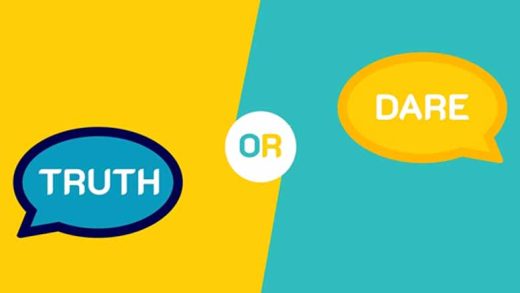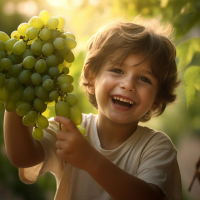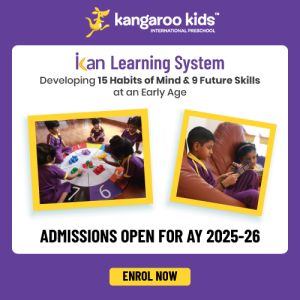The type of food a child is eating, and the nutritional intake assessment are vital, as this helps ensure the proper growth and development of your child. Healthy food for preschoolers is defined as the food type or category that is consumed to meet the nutritional requirements in the body. It is important for preschoolers to understand the importance of healthy eating and the different food types available to them. The benefits of a variety of foods should be informed by teachers and parents to ensure they consume the right foods for growth. Encouraging your child to eat the food given could also be challenging but teaching them the importance of the same begins by familiarizing them with food groups and nutrients.
Categories of food groups:
There are five major categories of food groups, and each food type has a different amount of nutrients. As parents, you must know the right quantity to be given to your child for each type of food to ensure your preschooler is eating a balanced diet. These categories of food vary across vitamin content, fiber and water composition, and antioxidants.
The five food groups are as follows:
- Vegetables and legumes:
- Cereals and grain foods:
- Dairy Products and alternatives:
- Meat and alternatives:
- Fruits:
These include cucumber, green leafy vegetables, etc.
These include rice, corn, oats, barley, etc.
These include milk, yogurt and cheese
These include eggs, chickpeas, falafel, etc.
These include apples, bananas, oranges, etc.
It is ideal for preschoolers to understand the importance of healthy eating and what type of foods are healthy. As parents, it is important for you to familiarize them with dummy or real food items and explain their benefits in simple words. Exploring different methods of teaching the various food types is important as they grow and develop over time.
Strategies to teach a preschooler about food groups:
It could be tricky to teach a preschooler about all types of food but making them aware that different types of food have different benefits to the body is vital. Children should often be quizzed about different food types they see on their plate daily and inquire if they have the knowledge about the benefits.
The following list outlines some of the strategies that can be used to teach your children about how to learn about different food groups.
- The My Plate Game:
- Cooking:
- Food charts:
- Food day:
It is an identification game where 5 plates are set, each representing one food group. The child is asked to identify each food category by identifying each food kind placed on each plate. Alternatively, a mixed bag of food items can be placed on five empty plates with cues about the food groups. The preschooler can be asked to segregate the mixed food items into five separate plates placed in front of them. This would also need additional support from the parents as they learn to differentiate food based on food categories.
Preschoolers can be asked to prepare a sandwich or salad using one food item from each food group. This can help in analyzing their level of understanding of each food item and group. Cooking skills also help in developing an understanding of the need for various components or types of food needed to make a particular food item.
Parents can use food charts of different food groups with pictographic images on them to explain the food groups. This will help in visually remembering their learning about food groups. The charts can be placed in their room or study area where they are able to see them or refer to them whenever they need to.
Parents can play food day with their preschooler, wherein the child could be challenged to eat only a particular category food for one meal of their choice or a single snack of their choice. This can aid in analyzing the level of knowledge they have about food groups.
Strategies to teach preschoolers about Nutrition:
It is important to further develop an understanding of the need to eat food types of various food groups in relation to nutrition. Nutritional needs are vital to be met by preschoolers for bone growth, brain development, muscle development, healthier organs, etc. It is important for parents to explain the importance of nutrients in the body through several types of games.
The following are some ways to teach your preschooler about nutrients in food they eat.
- Snacking:
- Food variety:
- Image:
Give the child regular and scheduled snacks that cover each nutrient at a time. When they are aware of the nutrient content and the need to consume that nutrient present in food, they are motivated to eat more without hesitation.
Children often get bored with the same type of food being fed every day, although the meals are nutritious. Hence, it is vital to feed a variety of food types as they explain the nutrients present on the go. They can familiarize themselves with different food groups and the nutrients present in them.
It is important to let your child know that a strong body is built only through good nutrient intake being consumed through different food types.
Hence, it can be concluded that knowledge of food groups could motivate children to eat a properly balanced diet. As they become aware of their nutrient needs, they choose their meals independently, knowing which food type is right for them. At Kangaroo Kids International Preschool, we assess the needs of preschoolers and put an emphasis on the holistic growth of your child. Contact us today for more information on admission.









